Shopping is a national obsession in many countries and December is the peak of the frenzy. In a way it’s a sign of the relative wealth of 21st century people, but in another it plays to the instincts of acquisition and somewhere in the lizard brain, survival. Everybody dreads being poor, but it seems that comparative or relative poverty plays a larger part in that we must have the ‘stuff’ that others have in order to hold our heads up and never more so than in mid-winter, it seems.
Christmas markets which now spring up in every self-respecting town and city may have their modern origins from those in Germany – a throwback itself to medieval winter markets and fairs – but December markets were a tradition in ancient Rome.
From the 17 December for a varying number of days, Romans of many centuries celebrated the festival of Saturnalia in honour of the god Saturn. Formal dress like the toga was abandoned for brighter, (the brighter the better) and looser tunics; eating and drinking increased as did gambling; masters, mistresses and slaves swapped places in the pecking order (even if for only a day); and family members and friends exchanged presents.
After days of public festivities, family parties, raucous horseplay and general laxity, the quieter festival of Sigillaria around 23 December was a quieter day, not just to get over hangovers, but to exchange gifts of sigilla, small clay figurines, small pieces of jewellery, scarves and candles. Sometimes, the gifts were rather more sumptuous.
In the run-up to the festival season, traders sold gifts at all price ranges from temporary stalls and booths in the Campus Martius, in the centre of what would later become the medieval city, or earlier in the Porticus Argonautarum, built by the Agrippa in 25 BC.
Juvenal complains that women, always anxious to keep up with their neighbours, demanded crystal vases and diamond rings from the stalls in this market. But Juvenal was always moaning about women…
December markets would have added to the holiday atmosphere in the city, with adults giving children money to spend, probably to slake some of the latter’s mounting excitement or simply to get them out of the house. Nothing new, then.
Was Ancient Rome a shopping paradise?
By the late first century BC, there were a million inhabitants in Rome, an urban population not reached again in the western world until early Victorian times with London. Like most urban residents, the people of Rome relied on retailers to provide them with food, clothing and other goods. Both documentary and archaeological evidence point to a complex and flourishing retail trade; the sheer number of retailers and shoppers must have been one of the most striking aspects of the city.
Trajan’s Market, built AD 100-110 as an integral part of Trajan’s forum, was thought to be the world’s oldest shopping mall, but the surviving arcades are now believed by many to be administrative offices for Emperor Trajan. The shops and apartments were built in a multi-level structure and it is still possible to visit several of the levels. Highlights include delicate marble floors and the remains of a library.
Markets were the backbone of retail and were found in every district of the city, even in the poor ones where basics such as fruit, vegetables, pulses and chickens were sold daily.
The forum was a meeting place, marketplace and political centre of any town, generally rectangular, surrounded by public buildings, often with a colonnaded portico with shops and offices. In larger towns and, of course, the city of Rome itself, additional specialist fora such as forum boarium (meat), forum piscarium (fish) and forurum cuppedinis (‘dainties’) existed as did the macella – purpose-built shopping centres crammed with more expensive food luxuries from home and across the empire.
At the mundane level, shops sold food, spices, shoes, wool, books, household goods, clothes, tools. Interspersed were barber shops, blacksmiths, copper beaters, scribes, laundries, bars, eateries and the odd brothel.
Shops were more often than not single-units, often single rooms, usually occupying most of the frontage of townhouses or apartment blocks. Sometimes shops fronted the street with workshops and storage behind and living quarters above. For example, a bakery would have milling area, ovens and storage to the rear, away from the front counter.
Retailers were found in the busiest areas of the city. The shops had to have a licence which was engraved on a piece of marble which was displayed publicly. Small shops and workshops lined the main thoroughfares, spilling out over their thresholds into the streets and colonnades. The poet Martial remarked that until the emperor Domitian issued an edict banning this practice, Rome looked like one big shop. (Remind anyone of a giant modern equivalent retail entity?)
Market traders, street sellers and ambulant hawkers tended to be found in central areas around temples, bathhouses, forums, circuses, amphitheatres and theatres, attracted by the commercial opportunities offered by good footfall. Perishable items that could be eaten straight away – bread, hot sausages, pastries, and chickpeas – were perfect for a busy Roman on the run. Lindsey Davis’s Roman detective Falco is always picking up street food to munch while on an investigation.
The economic divide
Men and women mixed freely in the Roman retail environment as both buyers and sellers at all levels. At one end, street traders sold everyday food and cheap products at low prices, probably catering for customers of limited means. Many of these traders would probably have themselves been poor, retailing home-produced or grown items on a small, sometimes part-time, basis in order to survive.
At the other end, wealthy shoppers who wanted to buy exotic food to impress their dinner guests could visit a macellumto bag a turbot or red mullet at eye-watering prices, or perhaps a few dormice or dozen songbirds.
Enterprising retailers would visit wealthier citizens in their own homes, sometimes speculatively, bringing silks, ivory combs, gold jewellery, jade and amber for the ladies of the house. No ready cash? Sellers would be happy to take a credit note knowing the pater familias would pay up when he got home or when the trader genteelly threatened to foreclose or expose profligacy and debt incurred by the household. Modern plastic, anyone?
As with today, retail trade in Ancient Rome was one of the most visible sectors of the urban economy, with retailers locked in a fierce competition to relieve customers of their limited and taxed money. So either we are responding to a basic human instinct when we over-shop or Rome was a very modern metropolis indeed.
(Re-published)
Alison Morton is the author of Roma Nova thrillers – INCEPTIO, CARINA (novella), PERFIDITAS, SUCCESSIO, AURELIA, NEXUS (novella), INSURRECTIO and RETALIO, and ROMA NOVA EXTRA, a collection of short stories. Audiobooks are available for four of the series. Double Identity, a contemporary conspiracy, starts a new series of thrillers. JULIA PRIMA, Roma Nova story set in the late 4th century, starts the Foundation stories. The sequel, EXSILIUM, will be out in February 2024.
Download ‘Welcome to Alison Morton’s Thriller Worlds’, a FREE eBook, as a thank you gift when you sign up to Alison’s monthly email update. You’ll also be among the first to know about news and book progress before everybody else, and take part in giveaways.




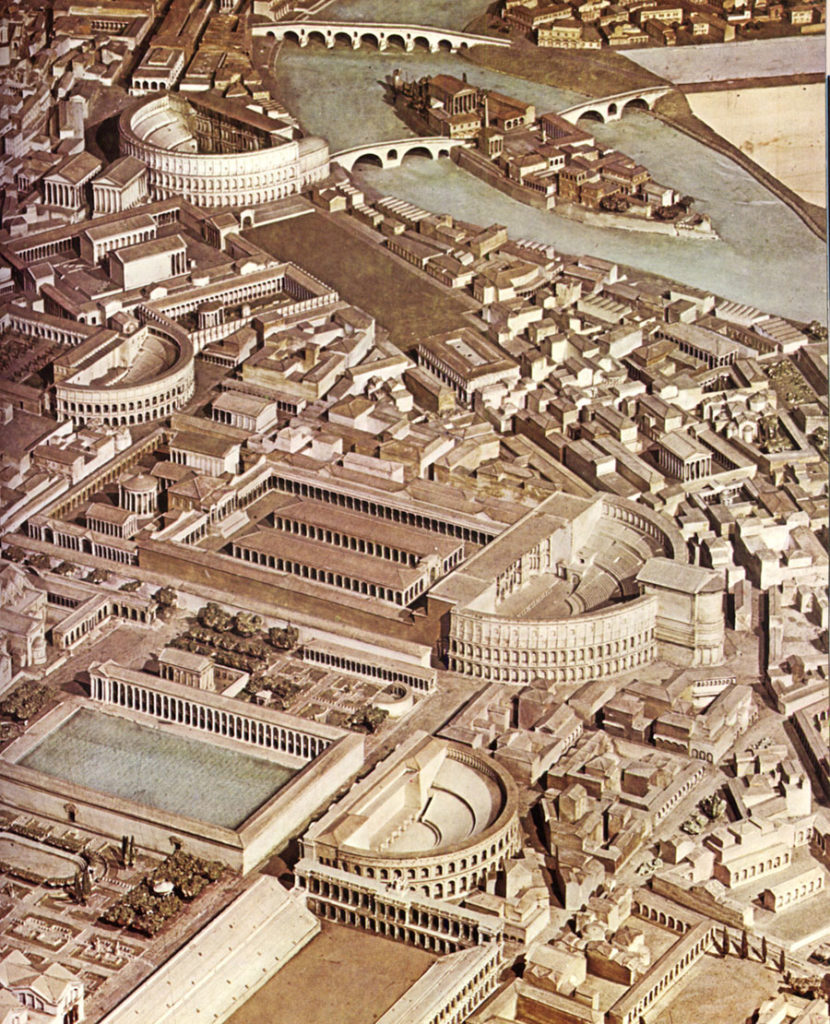
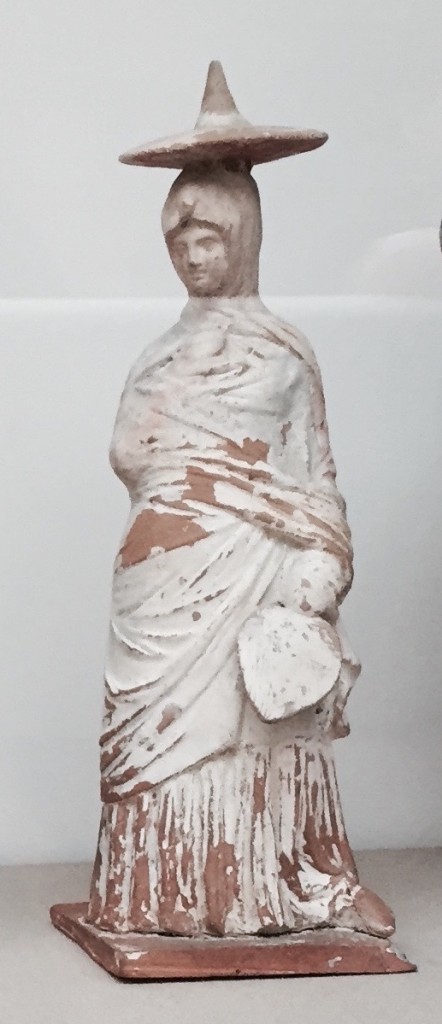
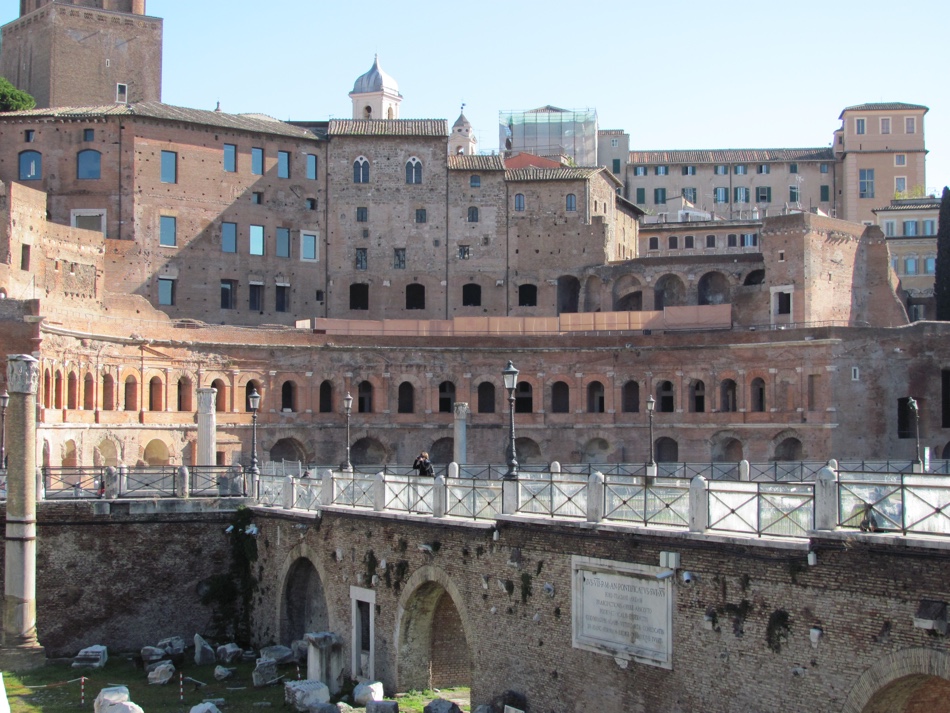
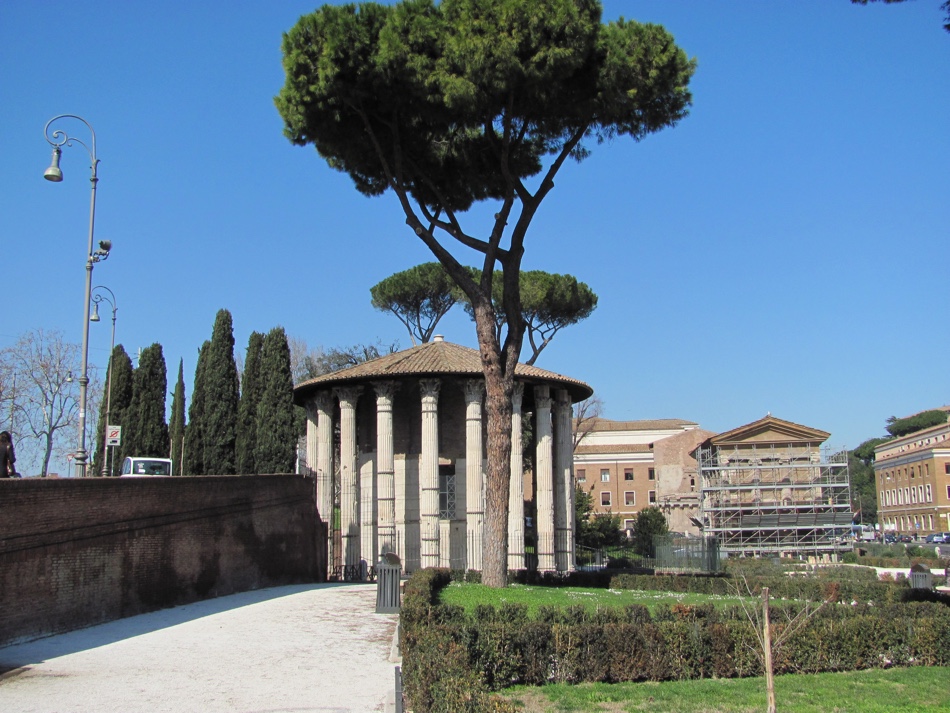
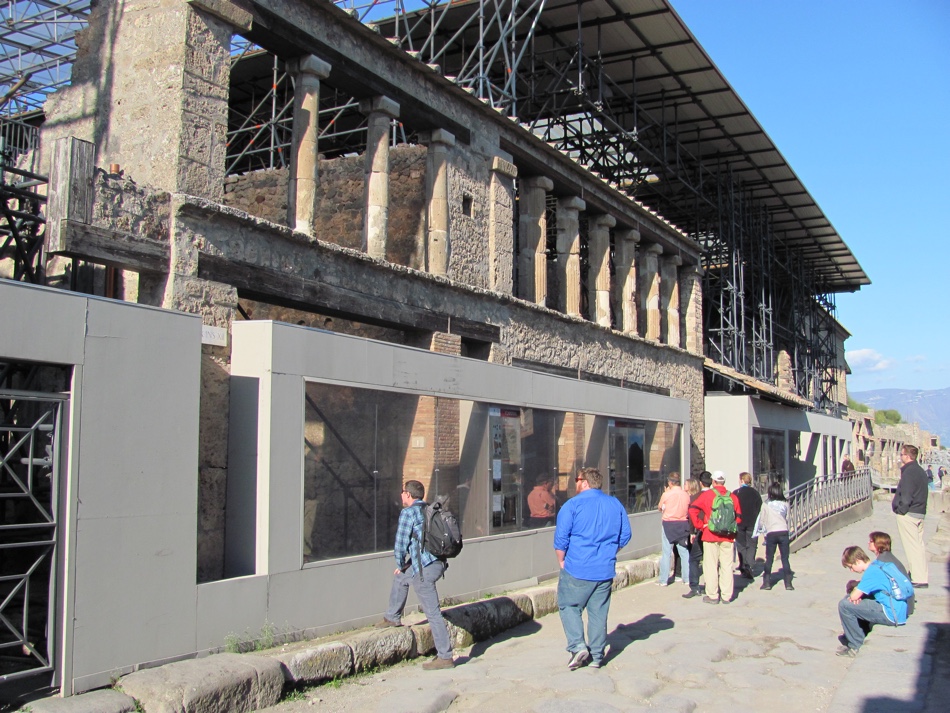
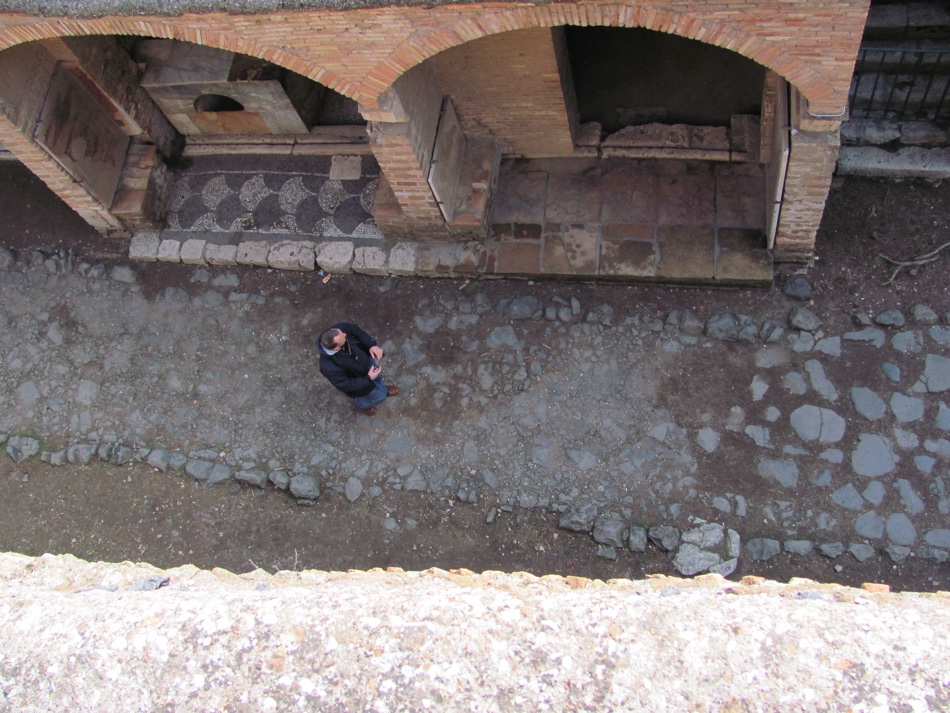
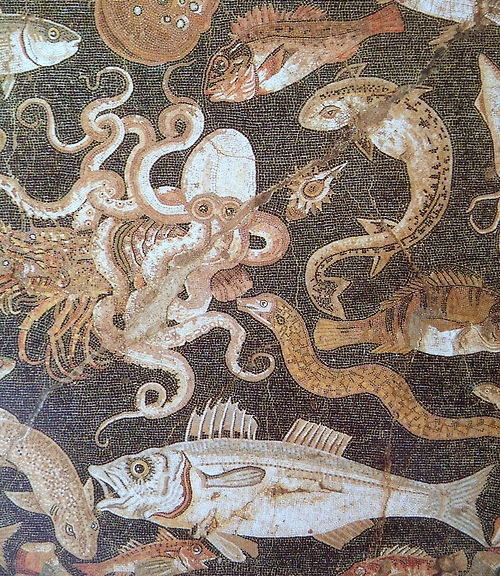
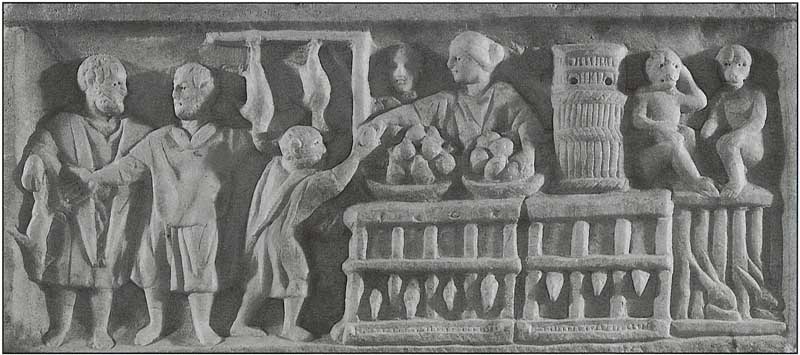









Such a fascinating article. Thank you! “Tweeted”
Thank you, Pamela. It seems that humans don’t change in some ways across the centuries!
Fascinating post, Alison that made me realise that the Romans must have inspired much of what became modern shops. Were they the first to organise it in this way? Marketplaces existed in earlier cultures but in this way? Shopping arcades?
I’m a bit shaky on earlier cultures, but Romans ‘industrialised’ many aspects of life including farming, mining and manufacture. Their markets were huge and diverse and permanent shops clustered together in city centres as well as in suburbs. The Roman forum was arguably the earliest example of a permanent retail shopfront.
In ancient Greece, the agora served as a marketplace where merchants kept stalls or shops to sell their goods. How permanent the stalls were, I don’t know.
Thanks, Alison – that is what I felt from my limited knowledge of both Romans and Greeks.
[…] Black Friday? Cyber Monday? Wind back 2000 years to Ancient Rome « Alison Morton’s Thrillers […]